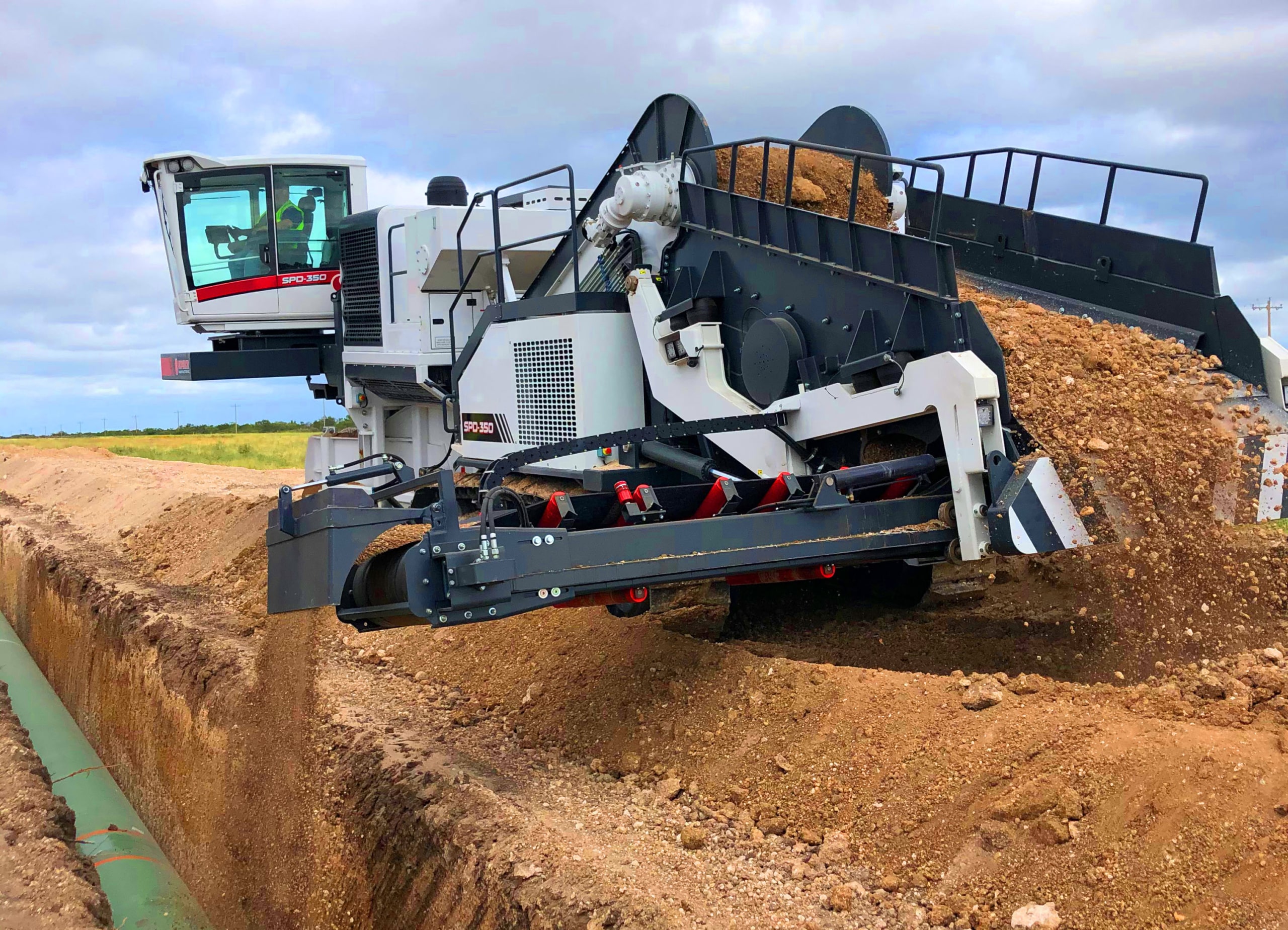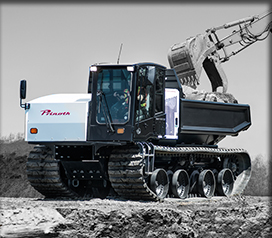Superior Rentals Contact: phone, email, and support explained
A Comprehensive Overview to the Numerous Types of Oil Field Equipment and Pipeline Equipment Available
The oil and gas sector depends heavily on specialized devices for effective removal and transport. Numerous kinds of equipment, from drilling rigs to storage space containers, play important duties in this intricate procedure. Each piece of devices offers distinctive features that add to general operational success. Recognizing these components is crucial for any individual associated with the industry. As the sector progresses, so as well do the technologies that support it. What advancements are on the horizon?

Drilling Rigs: The Foundation of Oil Exploration
Drilling rigs function as the essential machinery in the domain name of oil expedition, enabling firms to accessibility hydrocarbon reserves buried deep below the Planet's surface area. These rigs are available in numerous kinds, including land rigs, offshore rigs, and mobile devices, each developed to operate in particular settings. Geared up with advanced technology, drilling rigs can penetrate geological developments with precision, making sure reliable source removal. The architectural integrity and operational capabilities of these rigs are crucial, as they must withstand severe conditions and significant pressures. The option of a drilling rig affects the overall project price and timeline, making it a vital consideration for oil firms seeking to maximize their exploration initiatives and make best use of productivity in their operations.
Pumps: Important for Fluid Motion
In the oil removal process, the function of pumps is considerable, assisting in the motion of fluids throughout various phases of production. Pumps are vital for transporting crude oil, water, and other fluids from underground tanks to the surface and afterwards with pipelines to refineries. They are available in different types, consisting of centrifugal, positive displacement, and completely submersible pumps, each serving certain purposes based upon the liquid qualities and operational demands. Centrifugal pumps are generally used for their efficiency in high-flow applications, while favorable displacement pumps master handling viscous fluids. The selection of pump impacts overall efficiency, operational security, and upkeep costs. Appropriate option and upkeep of pumps are vital for maximizing manufacturing and reducing downtime in oil field operations.
Shutoffs: Managing Circulation and Pressure

Valves play an essential role in handling the circulation and stress of fluids within oil fields and pipelines. Different kinds of shutoffs offer unique applications, each designed to satisfy particular features fundamental for efficient operation - Superior Rentals fusion machines. Understanding the attributes and uses of these shutoffs is essential for maximizing system efficiency and safety and security
Sorts of Valves
Important parts in oil field procedures, shutoffs play an essential role in managing the flow and stress of fluids within pipes and devices. Numerous sorts of shutoffs are used to satisfy the varied requirements of oil and gas production. Usual types consist of gate shutoffs, which offer a straight-line circulation and marginal stress drop; world valves, understood for their strangling capacities; and ball valves, recognized for their quick on/off control. Furthermore, check shutoffs prevent heartburn, while butterfly shutoffs supply a lightweight solution for managing flow. Each valve type is designed with particular products and setups to withstand the severe conditions typically found in oil fields, making sure integrity and efficiency in operations. Understanding these kinds is important for reliable system monitoring.
Valve Applications and Features
While numerous kinds of valves serve distinctive functions, their primary applications rotate around managing flow and stress within oil and gas systems. Shutoffs such as gateway, globe, and round valves regulate fluid activity, making sure peak efficiency and safety. Gateway shutoffs are generally made use of for on/off control, providing minimal circulation resistance. Globe valves, on the various other hand, deal exact flow guideline, making them suitable for throttling applications. Ball valves are favored for their fast operation and limited sealing capacities. On top of that, stress relief shutoffs are important for preventing system overpressure, protecting tools honesty. On the whole, the suitable option and application of valves boost operational performance, ensuring the trusted transportation of oil and gas through pipes and processing facilities.
Compressors: Enhancing Gas Transport
Compressors play a vital duty in the efficient transport of all-natural gas, making certain that it relocates efficiently through pipelines over long ranges. These gadgets boost the pressure of gas, permitting it to get rid of rubbing and elevation changes within the pipeline system. Furthermore, compressors help with the balancing of supply and need, fitting variations in usage and production prices. Various sorts of compressors are used in the industry, consisting of centrifugal, reciprocating, and rotating screw compressors, each offering unique benefits based on the operational demands. Normal maintenance of these compressors is important to optimize effectiveness and decrease downtime, ultimately adding to a dependable gas transport network. Their critical function emphasizes the relevance of compressors in the overall oil and gas infrastructure.
Storage Tanks: Safe and Reliable Liquid Management
Reliable transport of all-natural gas relies upon various sustaining systems, among which is the proper management of tank. These storage tanks play a vital role in securely containing fluids, making certain that functional efficiency is preserved while lessening environmental threats. Constructed from sturdy products, they are designed to endure high stress and corrosive elements. Correctly sized and purposefully located, storage space containers help with the smooth circulation of all-natural gas and other liquids, preventing traffic jams in wheel loader for rent supply chains. Normal upkeep and surveillance are critical to identify leakages or architectural concerns, promoting security and compliance with governing requirements. Eventually, the efficient monitoring of tank is crucial for the overall honesty and dependability of the oil and gas market's fluid handling systems.
Pipeline Solutions: Infrastructure for Transport
Pipeline systems offer as the backbone of the oil and gas industry, promoting the reliable transport of hydrocarbons over large distances. These systems consist of various parts, consisting of pipelines, valves, pumps, and compressors, all diligently made to assure smooth flow. The products utilized in pipeline construction, frequently steel or high-density polyethylene, are picked for resilience and resistance to corrosion. Pipeline networks can cover throughout land and water, connecting manufacturing sites to refineries and circulation centers. In addition, advanced modern technology allows real-time monitoring of circulation rates and pressure degrees, improving operational performance. The strategic placement of these pipelines minimizes environmental effect while optimizing source availability, thus playing an essential role in conference power demands around the world.
Safety Equipment: Making Sure Employee and Environmental Management
The procedure of pipeline systems, while necessary for energy transport, useful reference likewise presents considerable safety challenges for workers and the setting. Safety and security devices plays a considerable role in minimizing these risks. Personal protective tools (PPE) such as helmets, handwear covers, and non-slip footwear safeguards workers from physical hazards. Furthermore, gas discovery systems check for leakages, making sure that dangerous substances do not pose a threat to employees or the bordering community. Emergency closure systems are essential for quickly halting procedures throughout a dilemma, stopping possible calamities. Spill control materials, consisting of absorbents and obstacles, are essential for decreasing environmental influence. Overall, buying comprehensive safety tools is essential for maintaining functional stability and shielding both workers and the setting in the oil and gas market.

Often Asked Concerns
Just how Do I Pick the Right Oil Field Equipment for My Project?
Selecting the appropriate oil field equipment entails reviewing job specifications, spending plan constraints, and operational demands. Take into consideration factors such as devices dependability, compatibility with existing systems, and the provider's online reputation to assure peak performance and safety.
What Are the Upkeep Needs for Oil Field Equipment?
Upkeep demands for oil field tools consist of this website routine inspections, lubrication, and prompt repair services. Operators needs to likewise comply with producer standards, screen efficiency metrics, and guarantee conformity with safety regulations to enhance long life and effectiveness.

Just How Can I Make Certain Conformity With Environmental Regulations?
To ensure conformity with ecological policies, companies have to carry out regular audits, carry out best practices, spend in training, maintain correct documentation, and remain upgraded on regulations (Superior Rentals near me). Cooperation with environmental firms can also improve adherence to regulations
What Is the Typical Lifespan of Pipeline Equipment?
The typical life-span of pipeline tools normally ranges from 20 to half a century, relying on elements such as material high quality, ecological conditions, and maintenance practices. Routine examinations can substantially influence long life and functional effectiveness.
Exactly how Do I Safely Move Oil Field Equipment to Remote Locations?
Moving oil area tools to remote locations requires mindful planning, including route evaluation, securing permits, making use of ideal cars, and ensuring safety procedures are complied with. Appropriate training and communication amongst teams are vital for effective transport.